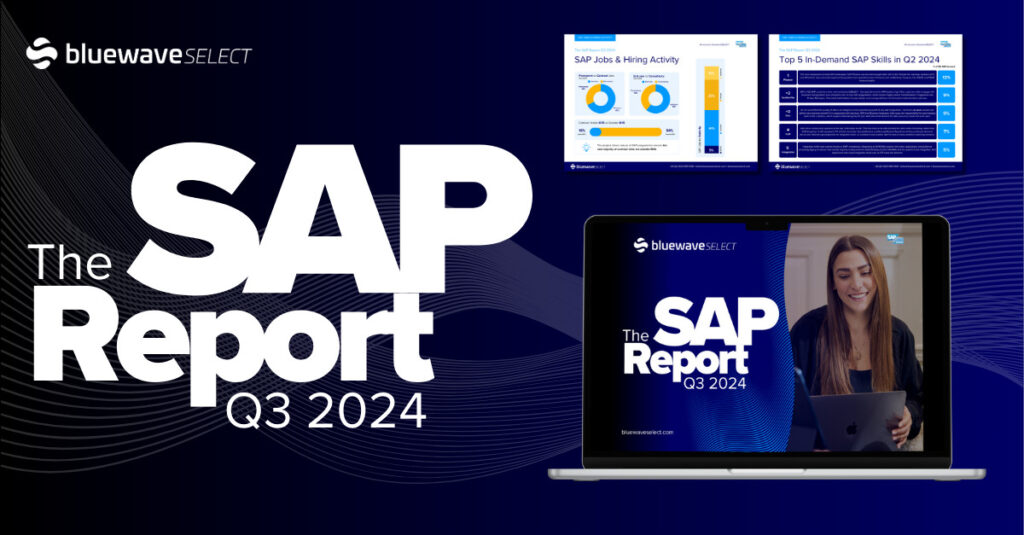On Weds 29 January, we welcomed Roberta Watts (CIO, Ardagh Glass) to SAP Network+ to dive into the key challenges of securing C-suite buy-in for S/4HANA projects and overcoming cost concerns. Below is a summary of the insights shared and practical advice based on Roberta’s extensive experience in SAP implementations.
If you’d prefer to watch the recording, you can do that here.
Pitching S/4HANA to the C-Suite
The first question addressed was how to effectively pitch S/4HANA to C-suite executives.
Roberta emphasised the importance of understanding the specific drivers of each stakeholder, such as CFOs, CEOs, and CIOs. She recommends engaging with business stakeholders and understanding their pain points to build a compelling business case.
Roberta highlighted key business benefits that resonate with C-suite executives:
Working Capital: S/4HANA can significantly improve inventory management, accounts receivables, and accounts payables, leading to substantial working capital benefits.
Data and Analytics: Standardising and improving data quality can unlock valuable insights and drive better decision-making.
Enhanced Functionality: S/4HANA offers streamlined processes, reduced clicks to transact, and improved efficiency, leading to cost savings and faster business operations.
System Consolidation: For organisations with multiple SAP systems, S/4HANA presents a compelling opportunity to consolidate onto a single instance, reducing total cost of ownership and complexity.
Demonstrating the True Value of S/4HANA
To demonstrate the true value of S4HANA, Roberta suggested:
TCO Analysis: Compare the current total cost of ownership (TCO) with the projected TCO in the new S/4HANA environment.
Support Model Optimisation: Analyse current support models, including outsourcing, offshore teams, and low-cost locations, to identify potential savings.
Data and Analytics Savings: Highlight the potential for data cleansing, consolidation, and master data management improvements, leading to significant savings.
Working Capital Optimisation: Utilise SAP tools to identify areas for working capital improvement and translate them into actionable items for business managers.
Overcoming Cost Concerns
Roberta provided tips for addressing cost concerns:
Partner Selection: Choose the right implementation partner with a proven track record and a strong understanding of your business.
Team Collaboration: Foster a collaborative environment between the business, IT, and the implementation partner to ensure efficient cost management.
Data Migration Optimisation: Leverage specialised data migration partners to streamline the process and potentially reduce costs.
Phased Approach: Break down the S/4HANA implementation into manageable chunks over multiple years, making the investment more palatable.
Sourcing Strategies
Roberta shared her preference for a hybrid sourcing strategy:
Partner Expertise: Leverage the expertise of implementation partners for specific skills and areas where they have proven experience.
Internal Team Involvement: Ensure strong internal team involvement, including business project managers and technical architects, to maintain ownership and knowledge transfer.
Contractor Flexibility: Utilise contractors for specific roles, such as testing or change management, to provide flexibility and access to specialised expertise.
Target Operating Model
Roberta discussed the target operating model and how it might change with S/4HANA:
Commodity Services: Outsource commodity services, such as hosting, to specialised cloud partners.
Support Model Evolution: Adapt internal support teams to the S4HANA model, providing training and upskilling.
Solution Architect Expertise: Ensure solution architects and SMEs are deeply involved in the project to ensure successful implementation and knowledge transfer.
Key Takeaways
Roberta concluded with a few key takeaways:
Challenge Everything: Don’t be afraid to challenge assumptions and explore different implementation approaches and pricing models.
Consider a Phased Approach: A phased approach can make the investment more manageable and demonstrate value incrementally.



